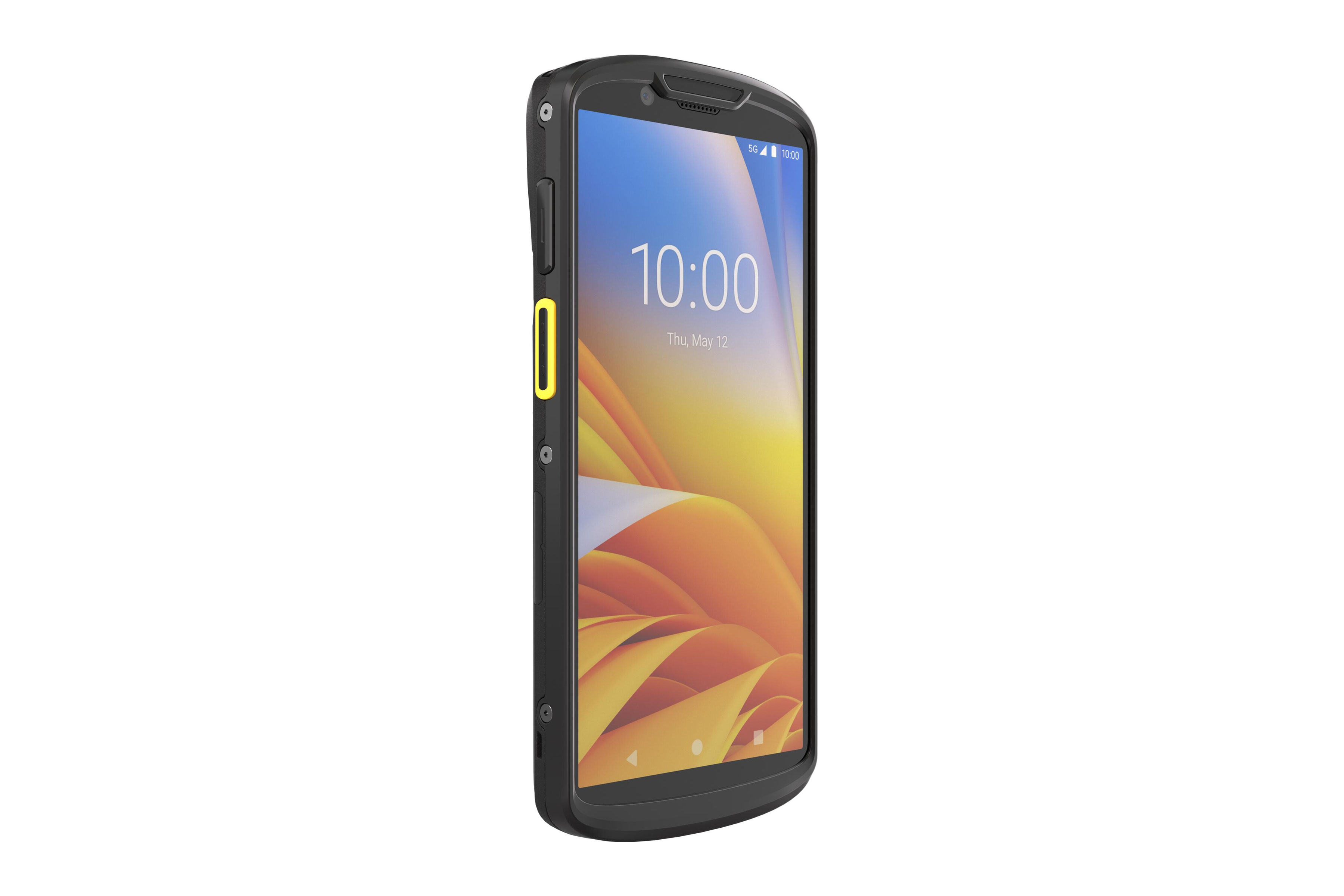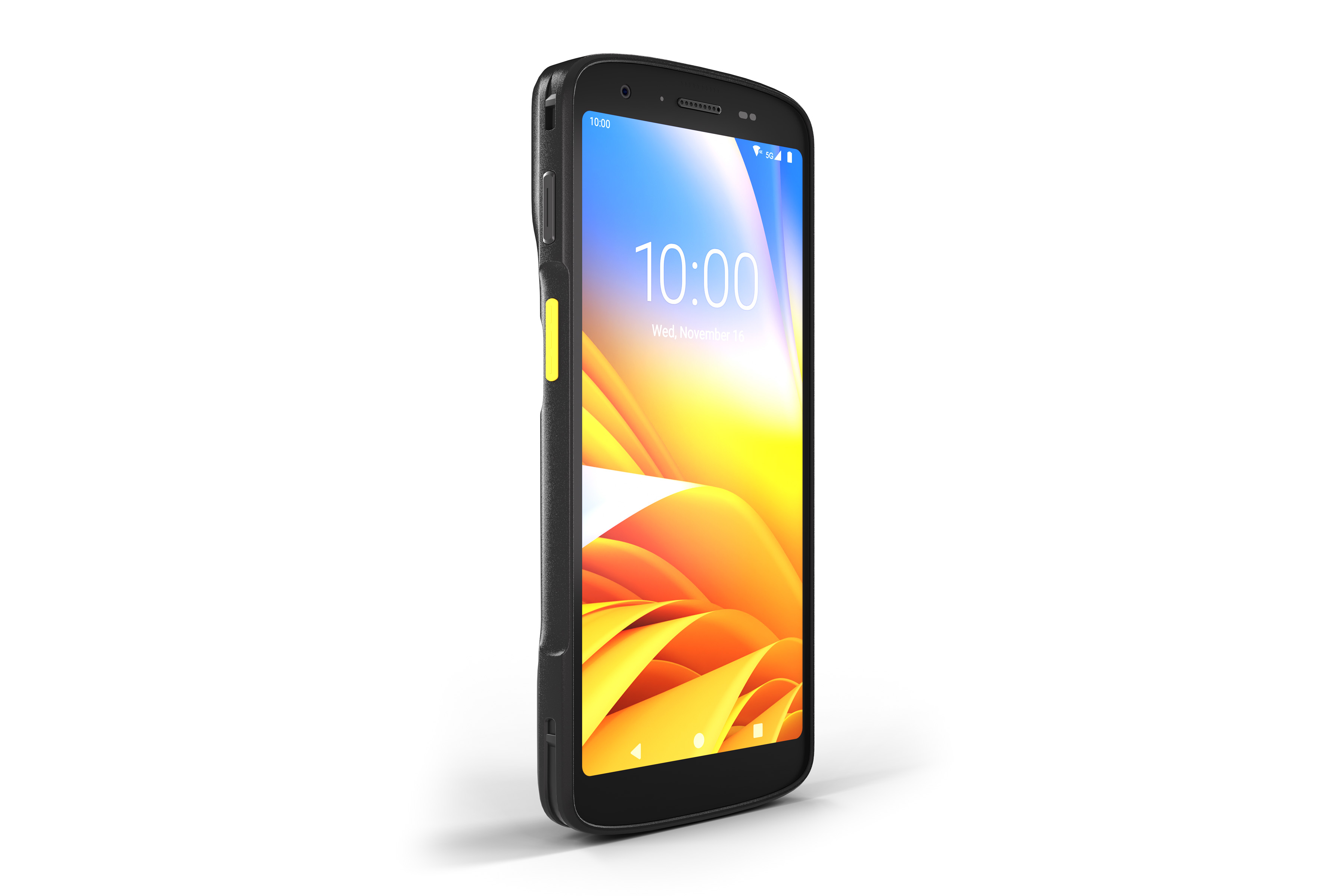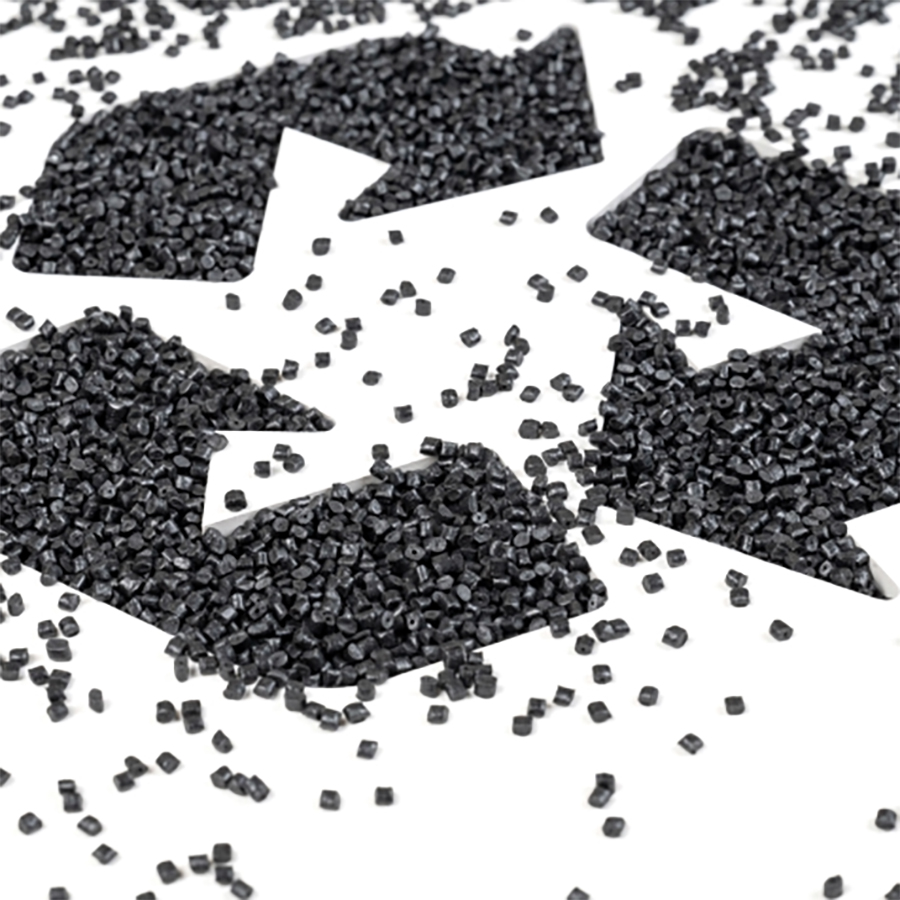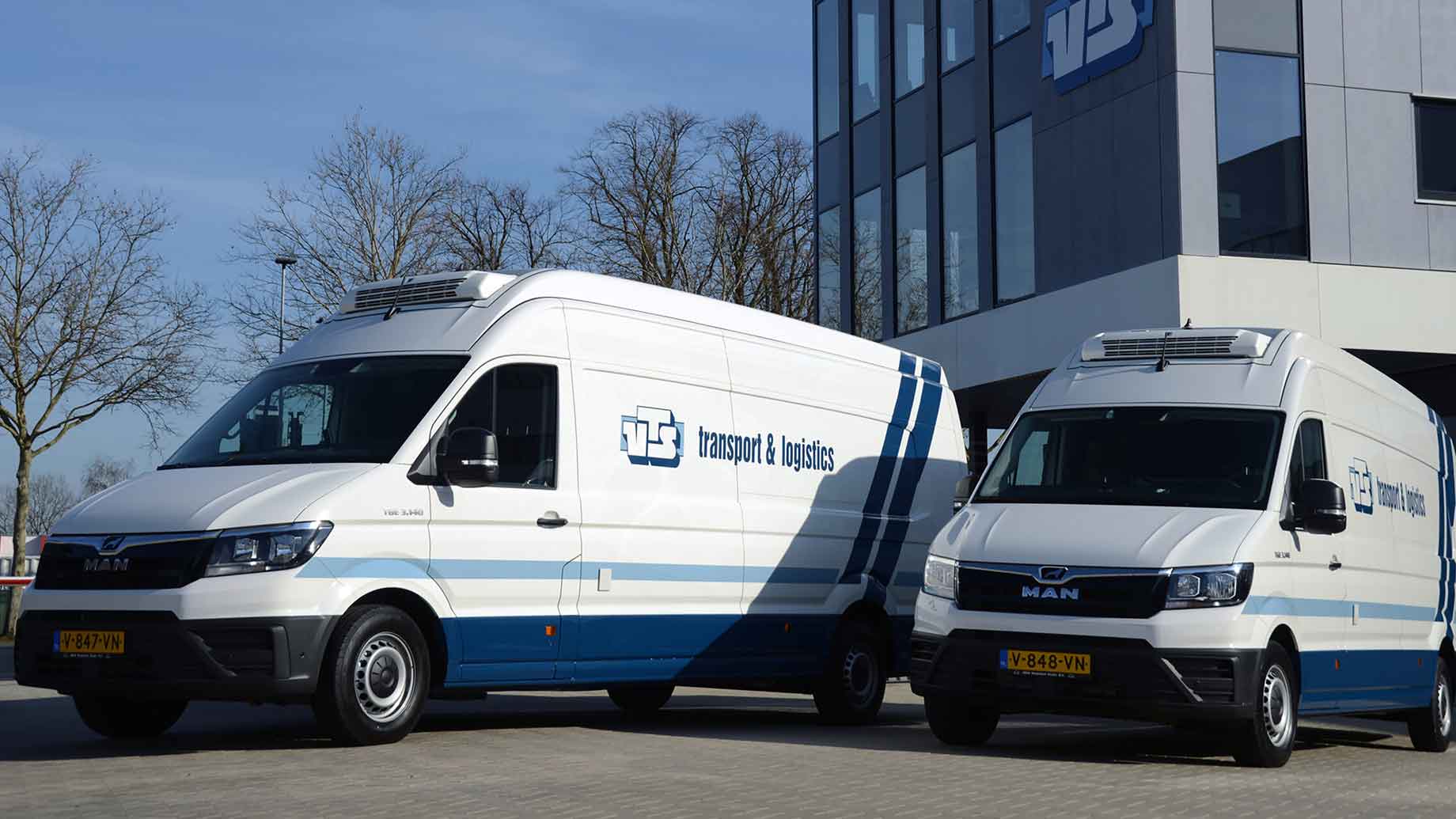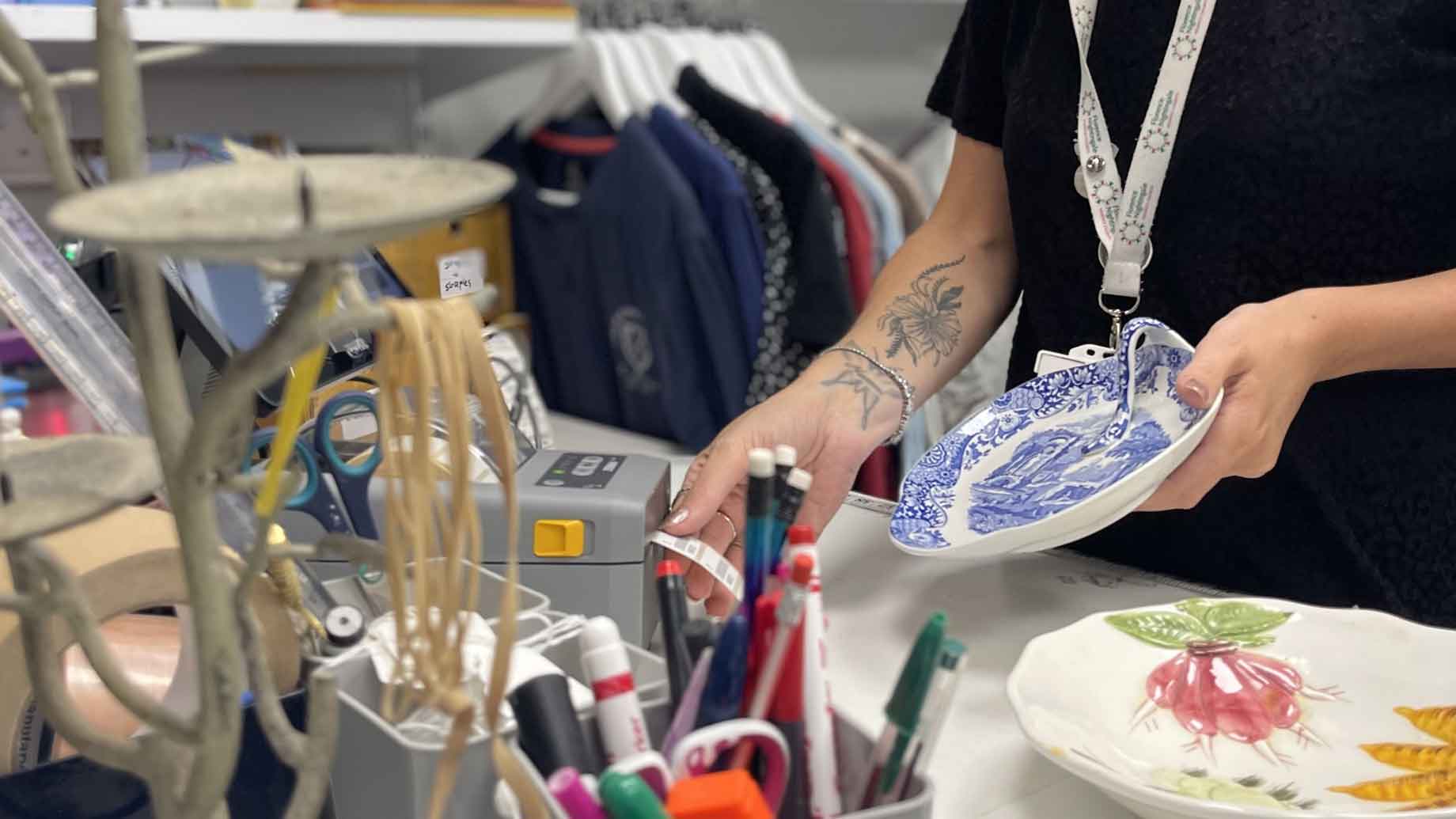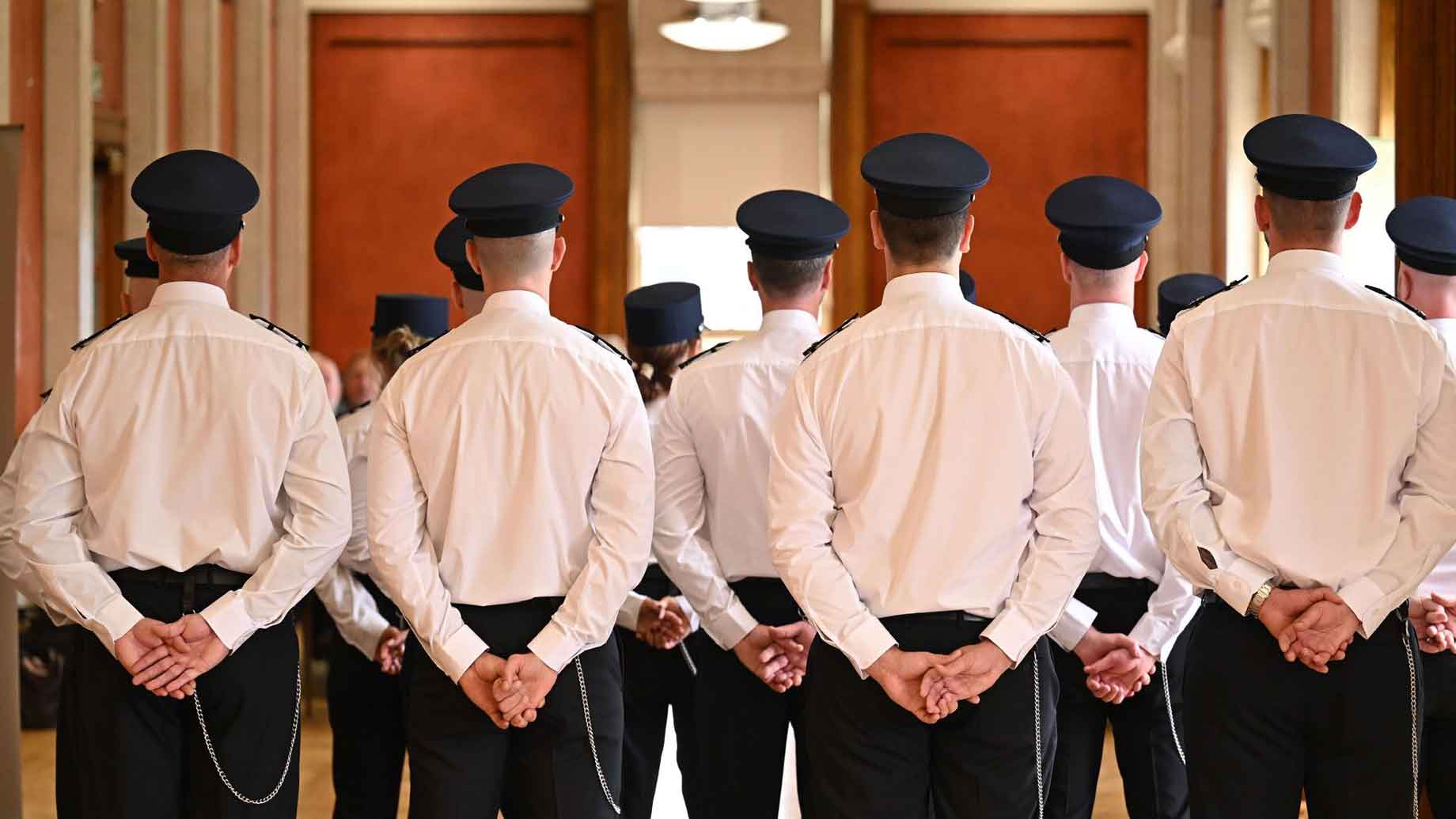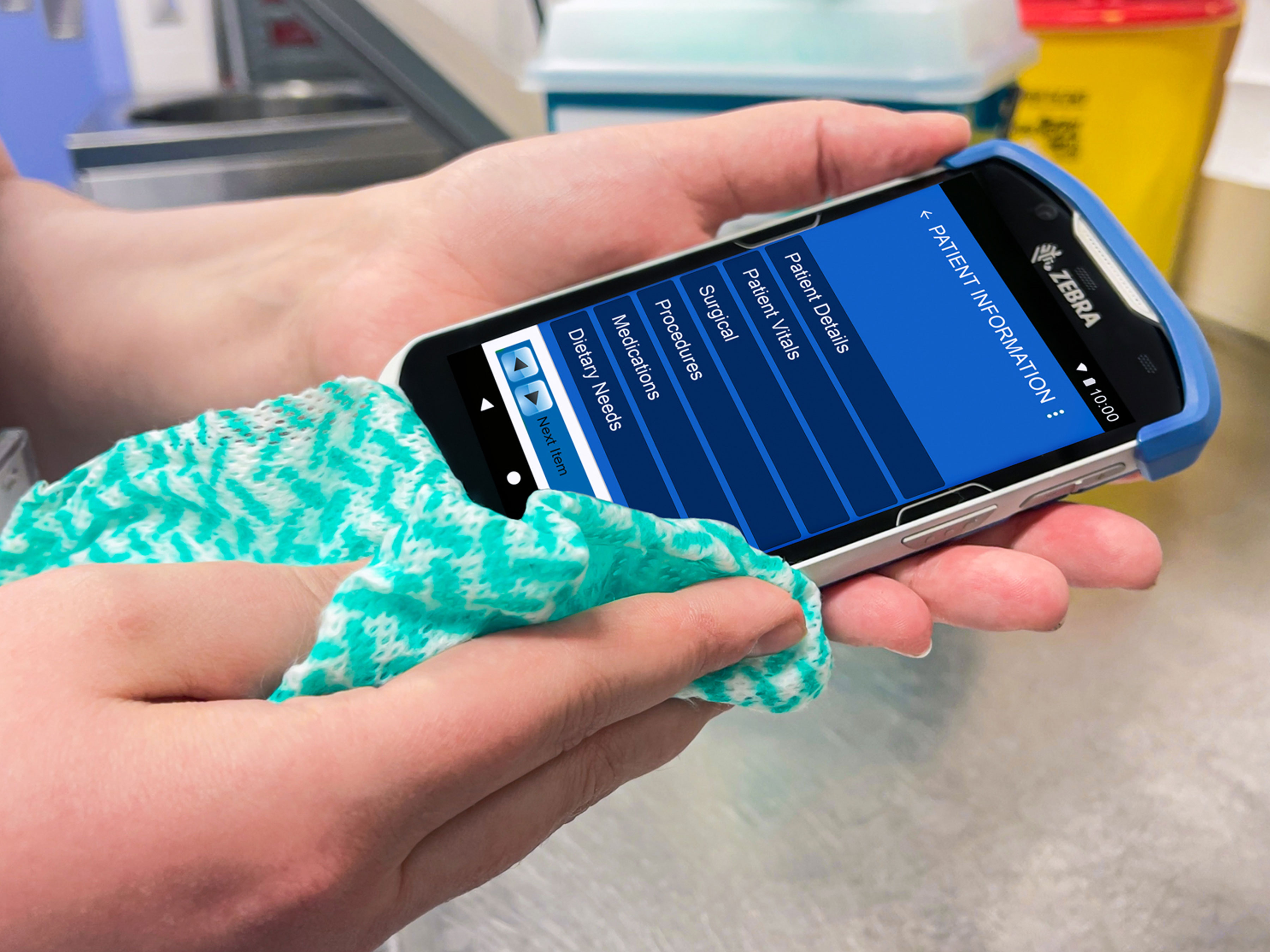
Elisabeth-TweeSteden Hospital Optimizes Patient Care, Reduces Administrative Tasks
Elisabeth-TweeSteden Hospital (ETZ) is a leading clinical teaching hospital and trauma center that also specializes in neurology and neurosurgery. It serves an area of around half a million residents and admits 44,000 patients annually.
Zebra Success Story: Elisabeth-TweeSteden Hospital
Overview: Healthcare Challenge
Optimize patient safety and enable healthcare staff to work more effectively in a busy, dynamic hospital.
Benefits / Outcomes
- Automated manual processes to reduce errors and enhance patient data privacy and improve overall efficiency
- Improved patient safety and care
- Improved workflows for healthcare staff
- Secure solution
About Elisabeth-TweeSteden Hospital
ETZ is a top clinical teaching hospital that includes a trauma center for the province of North Brabant and is a leading hospital in the field of neurology and neurosurgery. With three locations in Tilburg and Waalwijk, ETZ is the main hospital for the Central Brabant region, and beyond. ETZ faces many of the same challenges and pressures as other healthcare organizations worldwide including, increases in chronic and more complex diseases, an aging population, rising treatment prices and a shortage of clinical staff. ETZ understands technology can help address these problems. The hospital constantly seeks new technologies to help improve patient care, especially for those with more complex conditions.
The Challenge
ETZ introduced a new digital electronic health record (EHR) in 2018. From the outset, ETZ wanted to equip its mobile devices with Epic Rover, Epic Systems’ mobile app, which would allow nurses and paramedics to work with the EHR at the bedside.
Before implementing a mobile solution, healthcare workers used paper worksheets to make notes and update the EHR. Patient information was not available in the EHR until the care worker had time to enter it into a hospital computer or computer on wheels (CoW). Also, nurses often printed patient data to take with them to the ward. The hospital wanted to further digitalize its system and give staff instant access to current patient data and ensure patient privacy.
“While we had made considerable progress with our new EHR, we felt we were not using this system to its full potential. We needed mobile devices that our teams could always carry with them. This way, they could update patient records in real time and have immediate access to the correct data,” said Margot Lavrijsen, President of the Nursing Staff Board (VSB) and CNIO at ETZ.
The healthcare industry is under pressure from an aging population, rising treatment prices and a shortage of clinical staff. By automating processes, we can improve patient safety and help our teams do more in less time. We are enormously pleased with Zebra’s mobile devices. The technology also supports a huge range of new functionalities and applications. For our patients, it will pay off well into the future.
The Solution
A Mobile Platform for EHRs
ETZ considered consumer devices, rugged mobile computers and tablets, but ultimately, selected Zebra’s TC52-HC and TC26-HC Android™ mobile computers.
“We had a long list of wishes and requirements to ensure that the devices met our needs. We also wanted the devices to look as if they were designed for clinical usage, so patients wouldn’t get the impression the care workers were using the devices for private purposes,” says Joost Morssinkhof, Organizational Head of Pulmonary, Geriatrics and PAT.
These Zebra mobile computers are specifically designed for healthcare and associated workflows. They are powerful and robust, with the look and feel of a professional clinical mobile computer. They feature a large, bright screen, and can capture data quickly, accurately and conveniently via the integrated scanner. Battery life is also impressive, often lasting over two shifts. The Zebra devices include a special protective cover specifically designed for use in demanding medical environments further enhancing reliability and durability.
The Android-based interface of the TC52-HC and TC26-HC is familiar and easy to use, and the healthcare staff need little to no training or support.
“Zebra’s devices are designed for healthcare use and offer first-class all-round functionality,” Lavrijsen explained. “We invited healthcare workers to see the devices in action and they were very impressed. The project coincided with COVID-19, and it was more important than ever that the devices could be disinfected frequently. Additionally, there was the multifunctional benefit. Our devices have a camera, a high-speed scanner, cell phone, location technology and a dedicated emergency button. We have invested in a platform that enables us to do much more and will be used for many years.”
A Seamless Implementation
The project delivery team included information and communications technology (ICT) specialist Fondo, which supported the rollout of the devices and the interface with Epic Rover. Dalosy, a Zebra Premier Solutions Partner, provided hardware consulting and device delivery and after sales, while Zebra’s team provided assistance throughout the project.
Zebra’s mobile computers also feature Mobility DNA, a suite of tools, utilities and apps that simplify deployment and management to ensure the devices are used to their full potential. Fondo used one of these tools, StageNow Android Device Staging, to load the software profile to each device via a simple scan or QR code. Thus, the devices were quickly and easily deployed in phases, without the time-consuming and error-prone processes usually involved.
Another software security solution ETZ uses is LifeGuard™ for Android™. As part of the Zebra Mobility DNA portfolio, it provides security updates for the expected lifetime of the device, much longer than the three years Android offers on average. ETZ also added a Zebra OneCare™ contract for technical software support. This way, the hospital always has Zebra’s expertise at its disposal.
The Zebra Difference: Outcome and Benefits
The implementation of the TC52-HC and TC26-HC provided immediate benefits for ETZ. Healthcare staff now have instant access to records and can update them in real time.
“I can’t highlight enough how important this is,” Lavrijsen says. “Safety improvements were central to this project. Nurses who take over the care of a patient from a colleague, or come out to a vitally endangered patient, can have an instant view of current data on their mobile device. They can immediately see the patient’s vital signs and know exactly when they had treatment and medications. And most importantly, by digitalizing our records, we have minimized the risk of errors.”
Zebra’s devices are user-friendly, and the scanning quality is better than the COWs. They can also scan patient wristbands to verify ID, such as when drawing blood. Records are more consistent, and the quality of information is better overall.
In such a dynamic and busy environment, it is difficult to keep up with the efficiency of workflows. However, the project team believes that the TC52-HC and TC26-HCs minimize the risk of errors and reduce the pressure on staff. Staff can better answer questions thanks to more access to patient information. They can take pictures of areas that a patient cannot see, allowing them to understand the problem or how the treatment is progressing. The photos are directly implemented into the record.
The hospital runs a pilot with a smart patch that tracks vital signs, such as temperature, respiratory rate and heart rate. This information, as well as the other vital signs, can be found in the Rover app.
ETZ is considering new functionalities and applications to integrate into the Zebra mobile computers, including telephony and smart alarms (VOS/MAS). The smart patch pilot is another example of how technology can be used to monitor patients’ vital signs instantly and remotely. The hospital is further exploring how artificial intelligence (AI) can be used to process data from patient surveys and create predictive analytics. This will help make better decisions about treatments.
“Zebra’s devices are small, powerful computers with a lot of functionality,” Lavrijsen concludes. “Technology in the medical world is changing rapidly and we want to take full advantage of all developments. Zebra’s devices are capable of integrating new and future functionalities and applications.”
